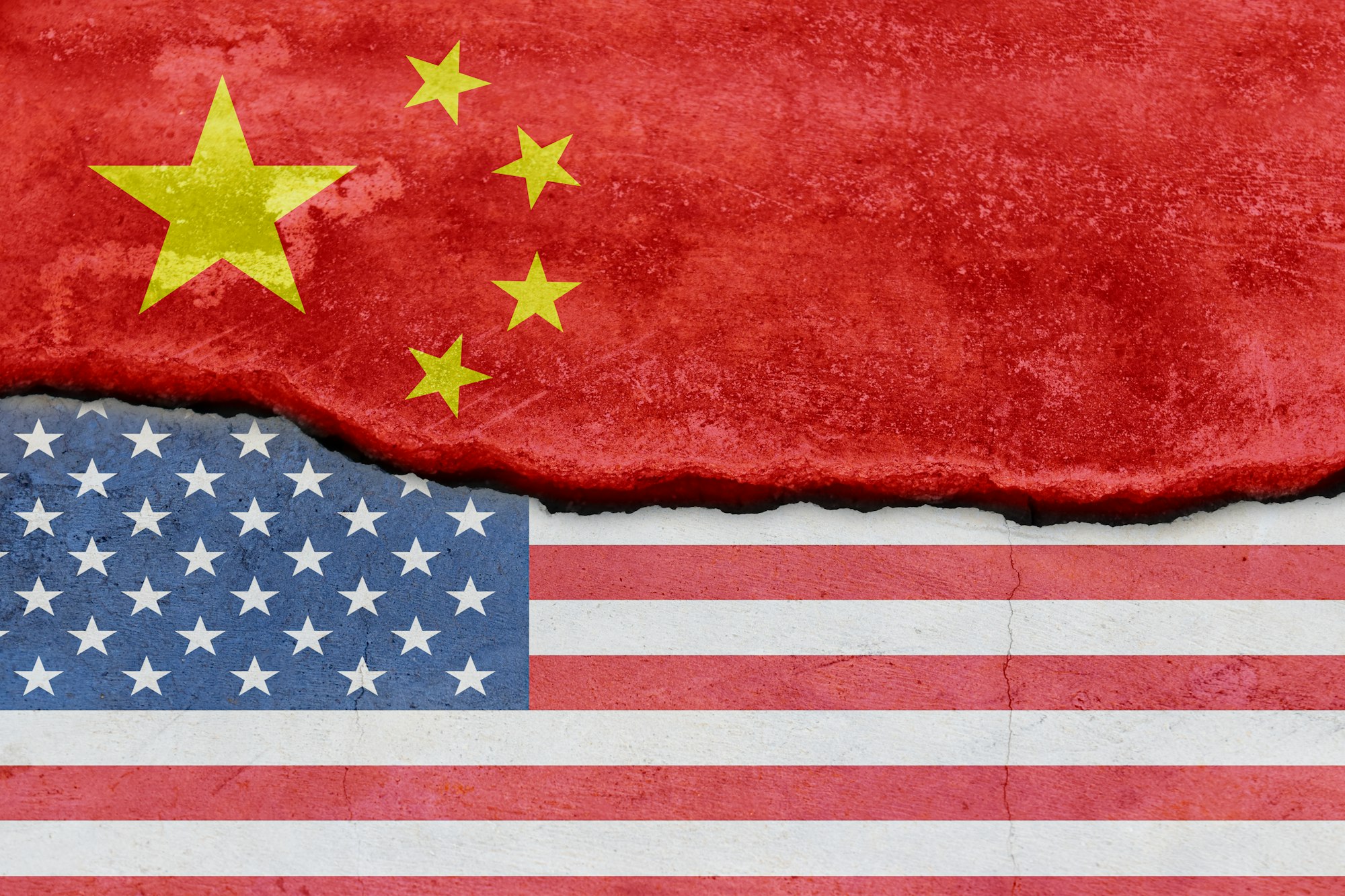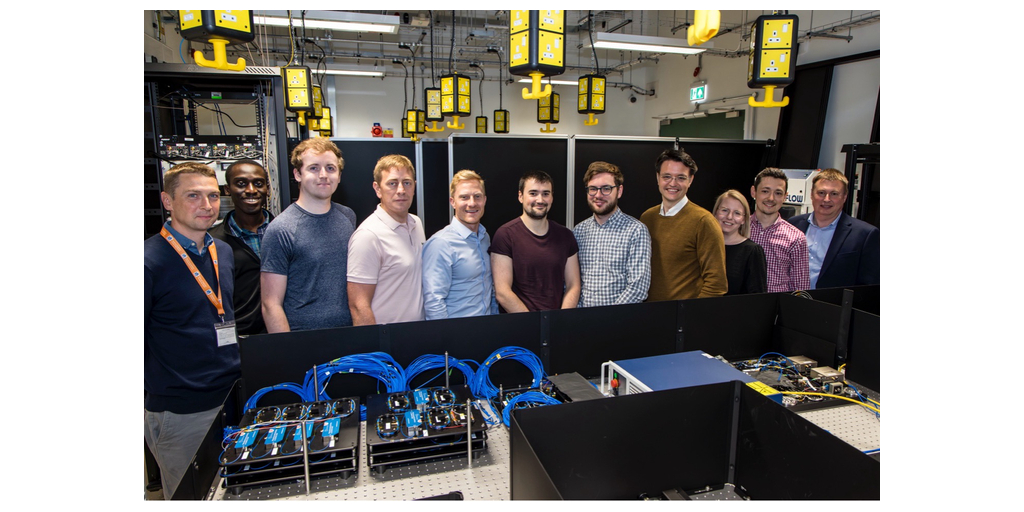Insider Brief
- Visitors from the United States are at the top of the list of users of the Origin Wukong, Chinese state media is reporting.
- The device was made accessible to global users on January 6 and attracted remote visitors from 61 countries.
- The number of remote accesses to Origin Wukong exceeded 350,000.
China’s independently developed, cutting-edge quantum computer, Origin Wukong, has seen a surge in usage since its opening to international users just 10 days ago. Visitors from the United States are at the top of the list of users of the technology, according to Chinese state media, as reported in the South China Morning Post.
Origin Wukong, named after the Monkey King from Chinese mythology, represents China’s leading entry into the third generation of superconducting quantum computers. It was made accessible to global users on January 6, and since then, it has attracted remote visitors from 61 countries, with American users leading the tally, as reported by the Science and Technology Daily, a publication of China’s Ministry of Science and Technology.
The number of remote accesses to Origin Wukong exceeded 350,000 by 10 am on January 15 showcasing the substantial interest and utility of this quantum computing marvel. Users have also logged in from Bulgaria, Singapore, Japan, Russia and Canada, but none have matched the volume of participation from the United States. The specifics of these usage statistics, however, were not disclosed.
This advanced quantum computer has successfully completed 33,871 quantum computing tasks for its global user base since becoming operational, SCMP reports. The machine’s performance offers insights into how China has rapidly advanced in the field of quantum computing. Origin Quantum, the company behind Origin Wukong, was founded in 2017 by quantum physicists Guo Guoping and Guo Guangcan from the University of Science and Technology of China (USTC) in Anhui province.

The company’s co-founder does use the occasion to take a not-so-subtle jab at the American restrictions on Chinese access to US quantum computers.
In a statement to the South China Morning Post, Guo Guoping remarked on the openness of their quantum technology. “US quantum computers are not open to China,” he said. “But, adhering to the notion of scientific exploration without borders, we are willing to open our services to users around the world, including the US, to jointly promote the concept of quantum computing for the benefit of mankind.”
SCMP acknowledges that despite these impressive strides, the quantum gap between Chinese and Western technology remains significant. In 2022, IBM in America launched its 433-qubit Osprey processor, the world’s fastest quantum computer at the time. This was soon overtaken by Atom Computing, a Californian startup, which debuted its first quantum computer with over 1,000 qubits. IBM continued the race with the launch of the Condor, featuring 1,121 superconducting qubits.
For more market insights, check out our latest quantum computing news here.



















